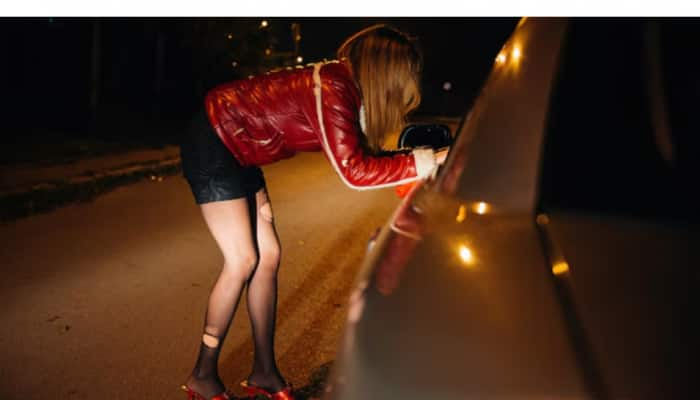Novel DNA nanorobot can pick up, sort molecules
Scientists, including one of Indian origin, have developed a nanorobot using a single DNA strand that can pick up certain molecules and drop them off in designated locations, paving the way for synthesising novel therapeutic chemicals and drug delivery systems.
Trending Photos
) Representational image
Representational image Los Angeles: Scientists, including one of Indian origin, have developed a nanorobot using a single DNA strand that can pick up certain molecules and drop them off in designated locations, paving the way for synthesising novel therapeutic chemicals and drug delivery systems.
"Just like electromechanical robots are sent off to faraway places, like Mars, we would like to send molecular robots to minuscule places where humans can't go, such as the bloodstream," said Lulu Qian, assistant professor at California Institute of Technology in the US.
"Our goal was to design and build a molecular robot that could perform a sophisticated nanomechanical task: cargo sorting," said Qian.
The researchers constructed three basic building blocks that could be used to assemble a DNA robot: a "leg" with two "feet" for walking, an "arm" and "hand" for picking up cargo, and a segment that can recognise a specific drop-off point and signal to the hand to release its cargo.
Each of these components is made of just a few nucleotides within a single strand of DNA.
In principle, these modular building blocks could be assembled in many different ways to complete different tasks - a DNA robot with several hands and arms, for example, could be used to carry multiple molecules simultaneously.
The researchers built a robot that could explore a molecular surface, pick up two different molecules - a fluorescent yellow dye and a fluorescent pink dye - and then distribute them to two distinct regions on the surface.
Using fluorescent molecules enabled the researchers to see if the molecules ended up in their intended locations.
The robot successfully sorted six scattered molecules, three pink and three yellow, into their correct places in 24 hours. Adding more robots to the surface shortened the time it took to complete the task.
"Though we demonstrated a robot for this specific task, the same system design can be generalised to work with dozens of types of cargos at any arbitrary initial location on the surface," said Anupama Thubagere, former graduate student at Caltech.
"One could also have multiple robots performing diverse sorting tasks in parallel," said Thubagere.
The DNA robot moves around on a 58x58 nanometre pegboard on which the pegs are made of single strands of DNA complementary to the robot's leg and foot.
The robot binds to a peg with its leg and one of its feet - the other foot floats freely. When random molecular fluctuations cause this free foot to encounter a nearby peg, it pulls the robot to the new peg and its other foot is freed.
This process continues with the robot moving in a random direction at each step.
It may take a day for a robot to explore the entire board. Along the way, as the robot encounters cargo molecules tethered to pegs, it grabs them with its "hand" components and carries them around until it detects the signal of the drop- off point.
The process is slow, but it allows for a very simple robot design that utilises very little chemical energy.
Researchers could use these principles for exciting applications, such as using a DNA robot for synthesising a therapeutic chemical from its constituent parts in an artificial molecular factory, delivering a drug only when a specific signal is given in bloodstreams or cells, or sorting molecular components in trash for recycling, researchers said.
Stay informed on all the latest news, real-time breaking news updates, and follow all the important headlines in india news and world News on Zee News.
Live Tv







)
)
)
)
)
)
)
)
)
)
